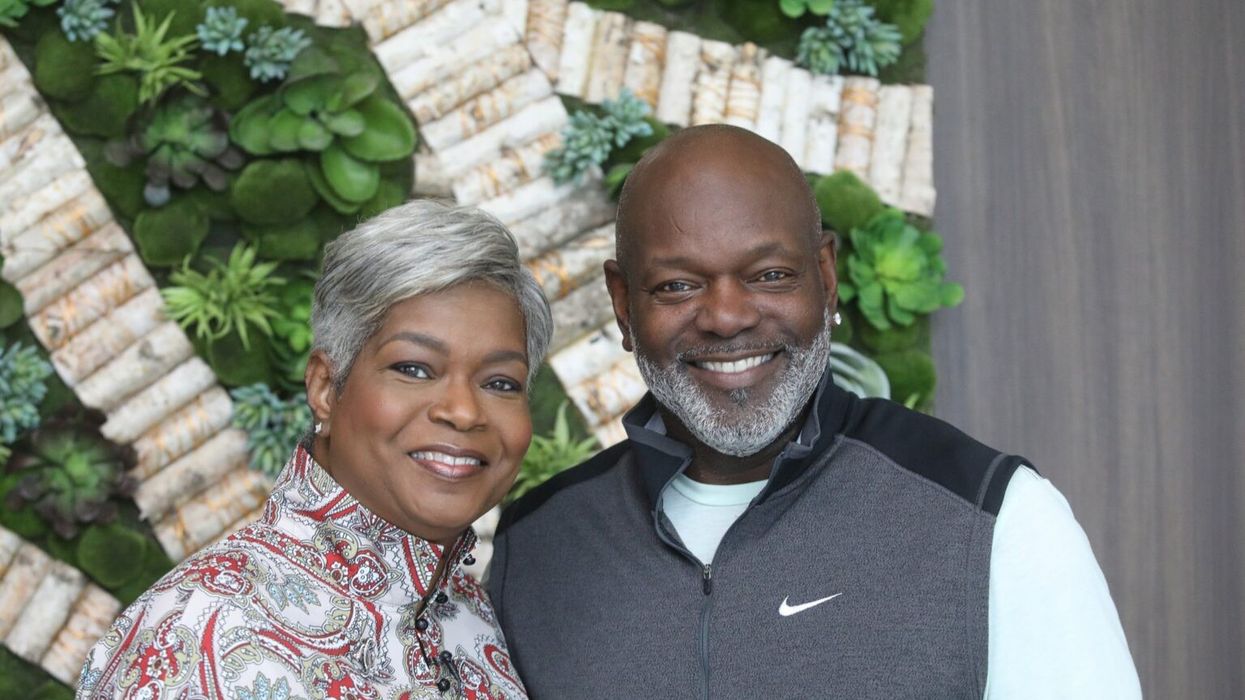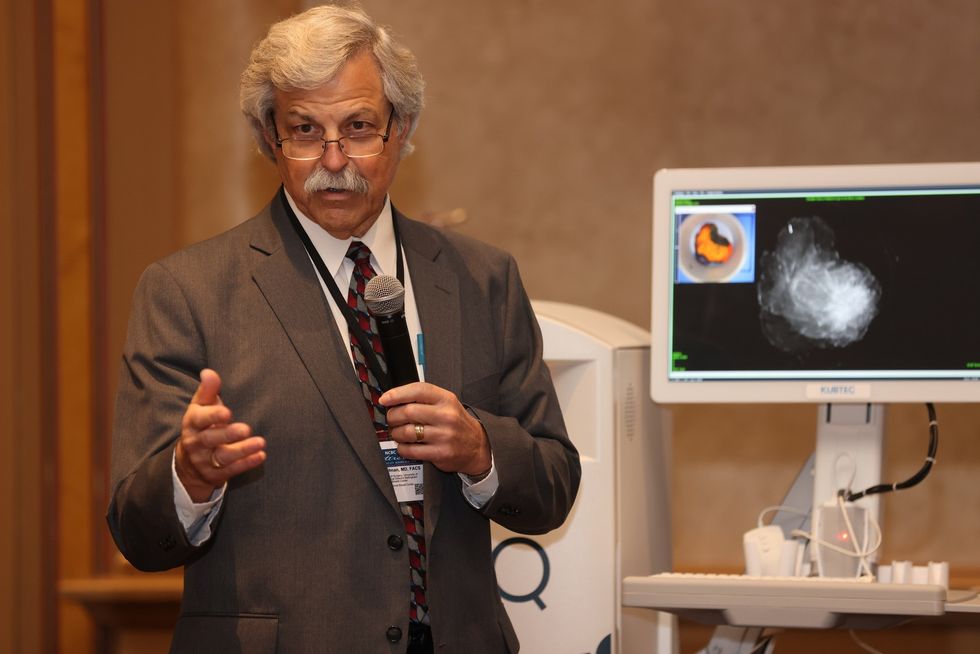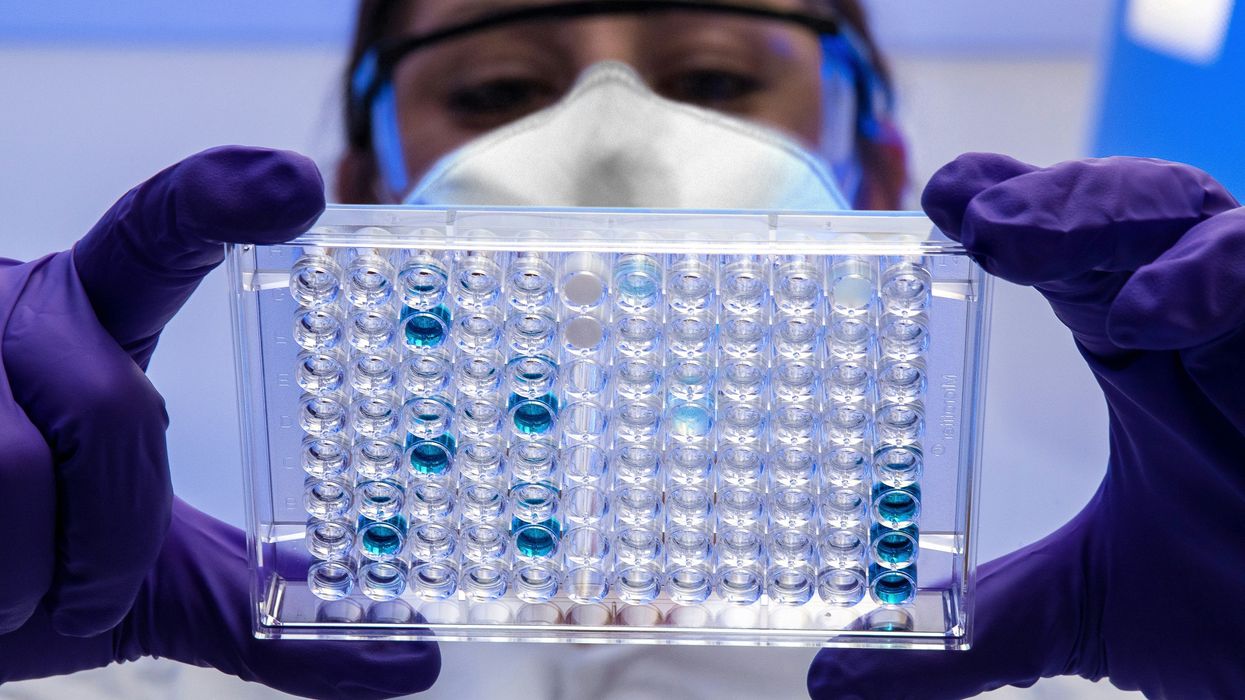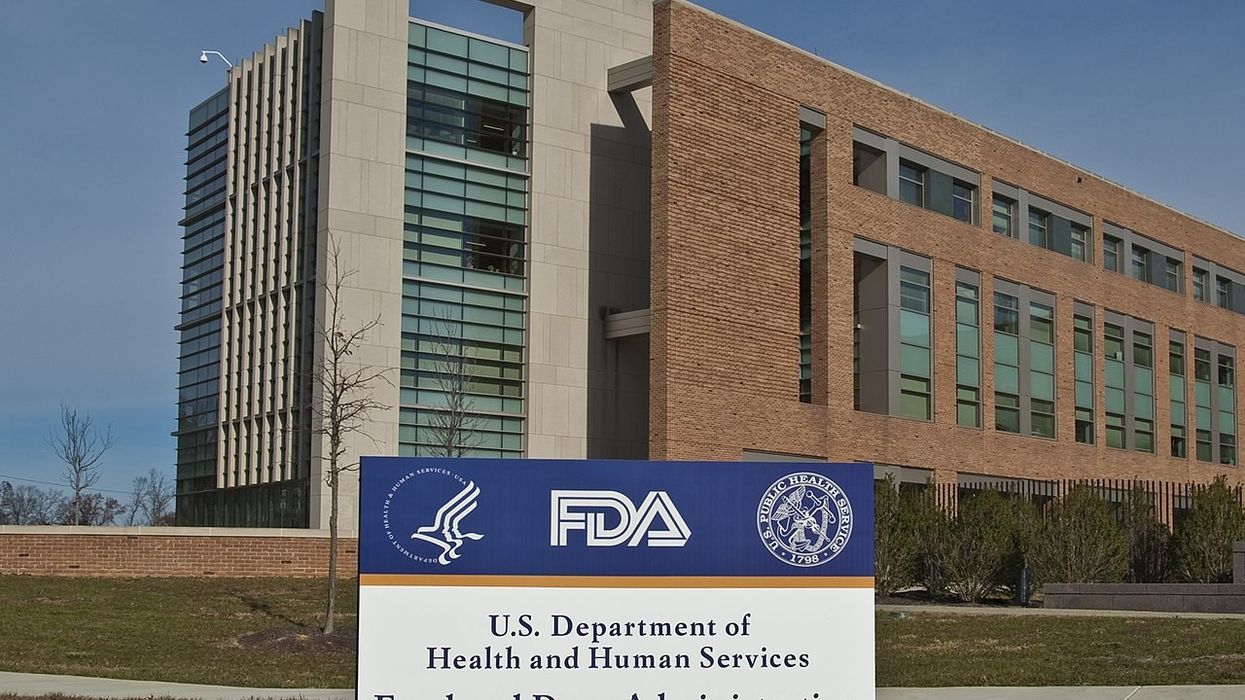A high pain threshold, often perceived as a sign of strength or resilience, can mask serious health conditions and lead to delayed treatment, increasing the risk of complications. While the ability to endure pain might seem advantageous, it can have detrimental effects on an individual's overall health and well-being.
Understanding Pain Threshold
Pain threshold refers to the point at which a stimulus begins to be painful. Individuals with high pain thresholds feel pain less intensely than those with low thresholds. Various factors, including genetics, psychological state, and past experiences, influence pain perception.
Health Risks of a High Pain Threshold
- Delayed Diagnosis and Treatment
- People with high pain thresholds may ignore or downplay symptoms, leading to delayed medical consultations. This delay can result in the progression of potentially serious conditions before they are diagnosed and treated.
- A study published in the Journal of Pain Research highlighted that individuals who experience less pain from stimuli are more likely to postpone seeking medical help, which can worsen the prognosis of various diseases (Smith et al., 2020).
- Chronic Conditions
- Chronic pain conditions, such as fibromyalgia or arthritis, may go unnoticed or untreated in individuals with high pain thresholds. Persistent pain without adequate treatment can lead to significant physical and psychological impairments.
- Research in the Journal of Rheumatology showed that high pain tolerance is associated with a lower likelihood of reporting pain, contributing to the under diagnosis and under treatment of chronic pain conditions (Brown et al., 2021).
- Increased Risk of Injuries
- Those with high pain thresholds might push their bodies beyond safe limits, increasing the risk of injuries. They may not recognize the early signs of overuse or strain, leading to severe damage.
- According to the American Journal of Sports Medicine, athletes with high pain thresholds are at a higher risk of sustaining significant injuries because they often ignore pain signals that would normally prompt rest and recovery (Jones et al., 2019).
- Mental Health Impact
- Chronic pain, even if not acutely felt, can affect mental health. The lack of acknowledgment and treatment of pain can lead to stress, anxiety, and depression.
- A study in Pain Medicine found a correlation between high pain thresholds and increased rates of depression and anxiety, likely due to the chronic nature of untreated pain (Williams et al., 2018).
Case Studies
Case Study 1: Delayed Cancer Diagnosis
- A 45-year-old man with a high pain threshold ignored persistent abdominal pain, attributing it to indigestion. By the time he sought medical help, he was diagnosed with stage IV colorectal cancer, significantly reducing his chances of survival.
Case Study 2: Undiagnosed Autoimmune Disease
- A 30-year-old woman with rheumatoid arthritis exhibited high pain tolerance, resulting in delayed diagnosis and treatment. The lack of early intervention led to joint deformities and decreased quality of life.
While a high pain threshold can be seen as a strength, it poses significant health risks by masking symptoms and delaying necessary medical intervention. Awareness and timely action are crucial to prevent complications and ensure better health outcomes.
References
- Smith, J. A., et al. (2020). Pain perception and delay in seeking medical care: Implications for diagnosis and treatment. Journal of Pain Research, 13, 112-120.
- Brown, C. M., et al. (2021). High pain tolerance and the underreporting of chronic pain conditions. Journal of Rheumatology, 48(4), 567-574.
- Jones, M. A., et al. (2019). Pain thresholds and injury risk in athletes. American Journal of Sports Medicine, 47(8), 1932-1940.
- Williams, R. A., et al. (2018). High pain tolerance and mental health: A study on depression and anxiety. Pain Medicine, 19(6), 123-130.















 Dr. Cary S. Kaufman teaches the "Essentials of Oncoplastic Surgery" course through the National Consortium of Breast Centers, providing breast surgeons around the world with advanced techniques for optimal breast surgery outcomes.
Dr. Cary S. Kaufman teaches the "Essentials of Oncoplastic Surgery" course through the National Consortium of Breast Centers, providing breast surgeons around the world with advanced techniques for optimal breast surgery outcomes.

